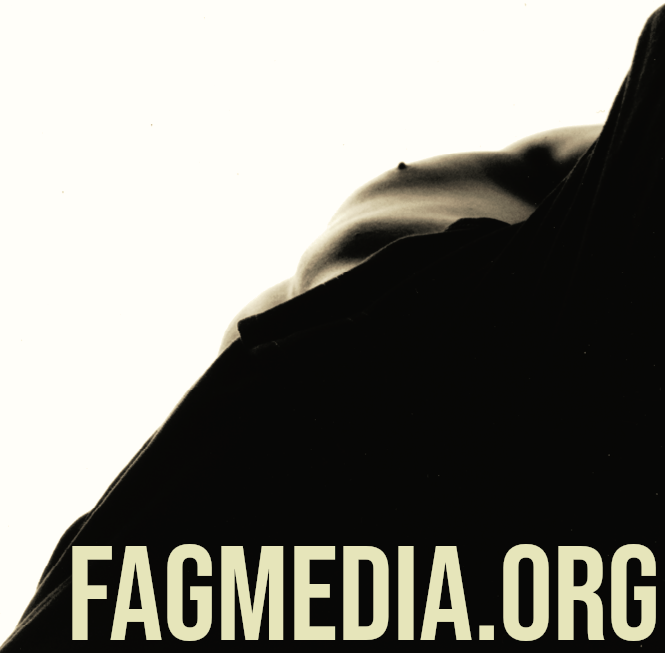These are #photographs of the Homomonument in Amsterdam and they were captured in 2004 and over two visits in 2007.
That's right, James was lucky enough to have 2 visits to Amsterdam in 2007 - the first being a rest after the hectic delights of Scandinavia before the Edinburgh Comedy Festival and the second being with Wayne Ostler from Melbourne on their jolly jaunt to Paris and Berlin!
These images are taken from the vantage point of a canal tour with the best tour being the one conducted by the Amistad Hotel which slowed down and allowed time to get lots of photographs.
The aim of this montage is to capture the life of the monument and the many people visiting to say "Never Again" and pay their respects to those that were murdered in the second world war.
It's worth remembering, as human rights are under attack all over the West, that the Homomonument also commemorates all LGBTI people who have been or are still being persecuted by government regimes.
Above and Below: The Homomonument in 2004.
Above and Below: The Homomonument over two visits in 2007.
The Gallery, Above, contains a selection of curated camera proofs for narrative context and your viewing pleasure. We've also included pictures of the Cleaners to show how the City of Amsterdam respectfully cares for the Memorial.
The Homomonument: An icon of remembrance
The Homomonument is a memorial in the centre of Amsterdam, the capital of the Netherlands. It commemorates all gay men and lesbians who have been persecuted because of their sexual orientation.[1] Opened on 5 September 1987, it was the first monument in the world to commemorate gays and lesbians who were killed by the German Nazi regime.[2]
The monument takes the form of three large pink triangles made of granite, set into the ground, which together compose a larger triangle. It is on the bank of the Keizersgracht canal, near the historic Westerkerk church. The Homomonument was designed to "inspire and support lesbians and gays in their struggle against denial, oppression and discrimination."
During the Netherlands' annual Remembrance Day ceremony on 4 May, wreaths are laid on the monument to commemorate LGBT victims of persecution. A day later, on Liberation Day, the monument becomes the site of a street party.[3]
The Homomonument is an abstract composition of three pink triangles made of granite. The symbol has historical roots; the pink triangle was a cloth badge used in Nazi concentration camps to identify men who had been jailed for homosexuality, which also included bisexual men and transgender women.[4] It is estimated that 100,000 men were arrested and half of these spent time imprisoned during Nazi rule.[5] Subsequently, the pink triangle became a symbol of the emancipation of the LGBT community and its struggle for its rights.[6]
However, the Homomonument not only commemorates the victims of World War II, but all homosexual men and women who have been persecuted and murdered.[7][8] The monument also honours those who have fought for the freedom and human rights of LGBTQ members.[9] The designer of the monument, artist Karin Daan, described the symbolism of the monument as follows:[7]
"I think the best part is that the monument integrates itself into the place like an embroidery, and from above it is clearly visible how the triangle is intertwined with the urban and social space, that, for example, when taxi drivers stand in the middle of the monument, they are hardly aware of it. I think that is the most beautiful component of the Homomonument: we are there, proud and strong as granite, the monument binds us together here and now, but we are just as intertwined with the city and society in a larger time and space".
From Wikipedia, the free encyclopedia
Immediately after World War II there were calls to establish a memorial to commemorate the gay men and women who lost their lives in the war. The call for remembrance finally gained traction in the 1980s, when thorough research was conducted on the persecution of homosexuals in World War II. The Homomonument makes a strong statement that history must not be repeated: "Never again". The monument goes beyond commemorating just the victims of World War II. It also commemorates all LGBTI people who have been or are still being persecuted by government regimes.
This world-renowned icon takes the shape of a triangle on the bank of the canal. Its three points are symbolic: one corner points towards the National War Memorial on Dam Square; another points across the canal to the site of the Anne Frank House; while the third corner points towards COC Amsterdam. It remains the largest monument in the world dedicated to homosexuality and remembrance.
COC Amsterdam is the country’s largest advocate of gay rights provides support to all LGBT people living in the Netherlands. Club COC also organises social events.
Campaigning for gay rights since 1946: One of the oldest and most influential LGBT organisations in the country, COC has been advocating the rights of lesbian women, gay men, bisexuals and transgenders since 1946 and is one of the few LGBT organisations to have special consultative status with the United Nations.
Providing LGBT information in Amsterdam: Beside the Homomonument is Pink Point, Amsterdam's official LGBTI information kiosk. Staffed by friendly and knowledgeable volunteers, it presents a wide range of information and flyers from local organisations.
From: the I am Amsterdam Website.
Keep Smiling and Thank you for your Visit! Please Buy us a Coffee to Support our Community Work or Contact Us to Arrange to purchase a Print Sized Image or a signed limited edition print.










